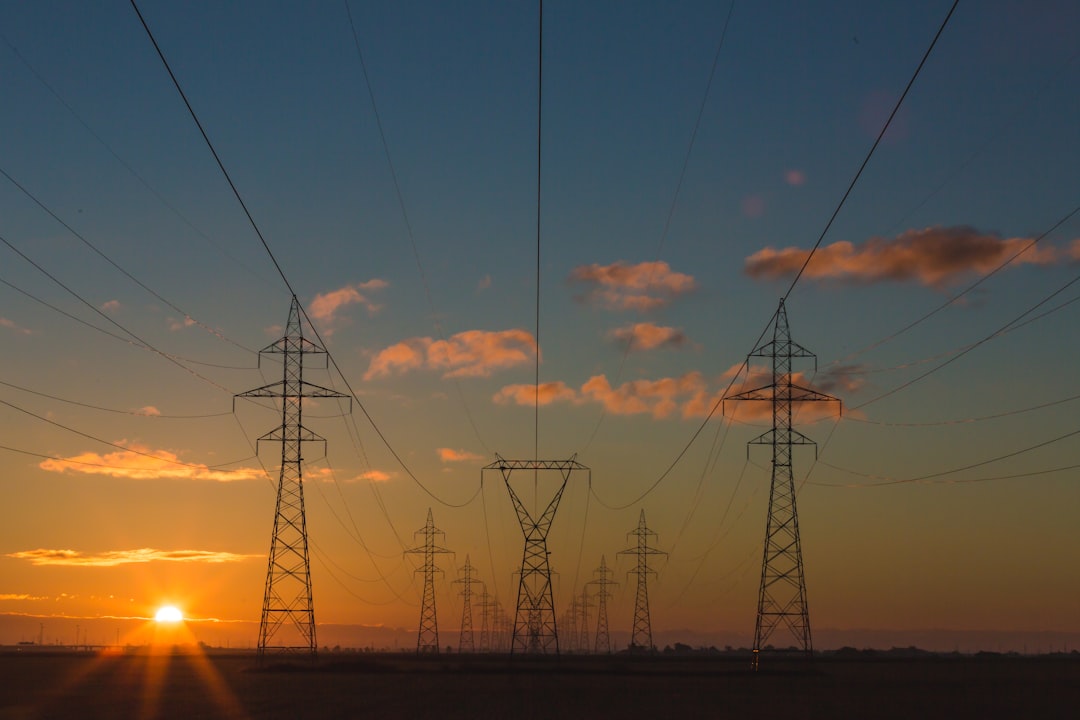What is it about?
The current load shedding in Ghana has led to decreasing productivity leading to economic and social crisis due to Ghana's dependency on hydroelectric as its main source of power. Incorporating renewable energy sources to the grid installed capacity will ease the burden on Ghanaians. In this study, the potentiality and economic feasibility of wind farm project were evaluated in 11 locations in Ghana. The study employed wind-speed data using meteonorm 7 software in a Typical Meteorological Year 2 format and analysed with RETScreen Clean Energy Project Analysis modelling software. 10 MW of VESTAS V90 Wind turbine model with a rated power of 2,000 kW was proposed, which when developed and harnessed will drastically boost productivity of businesses, industries and the transport sector in Ghana whilst making significant contribution to the export earnings of the country.
Featured Image
Why is it important?
The potentiality and economic feasibility of wind farm project is evaluated in 11 locations in Ghana.
Read the Original
This page is a summary of: The potential and economic viability of wind farms in Ghana, Energy Sources Part A Recovery Utilization and Environmental Effects, March 2016, Taylor & Francis,
DOI: 10.1080/15567036.2015.1122680.
You can read the full text:
Contributors
The following have contributed to this page










